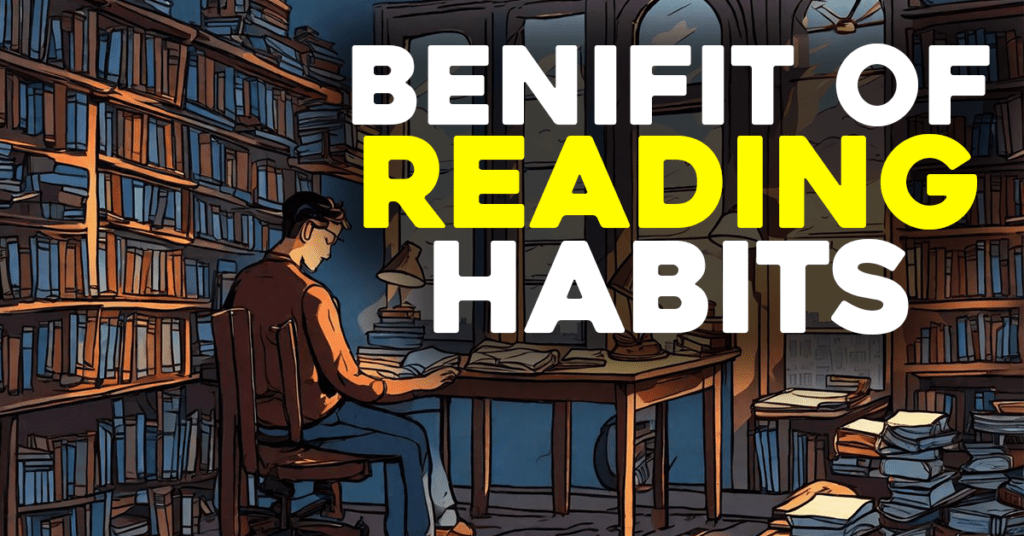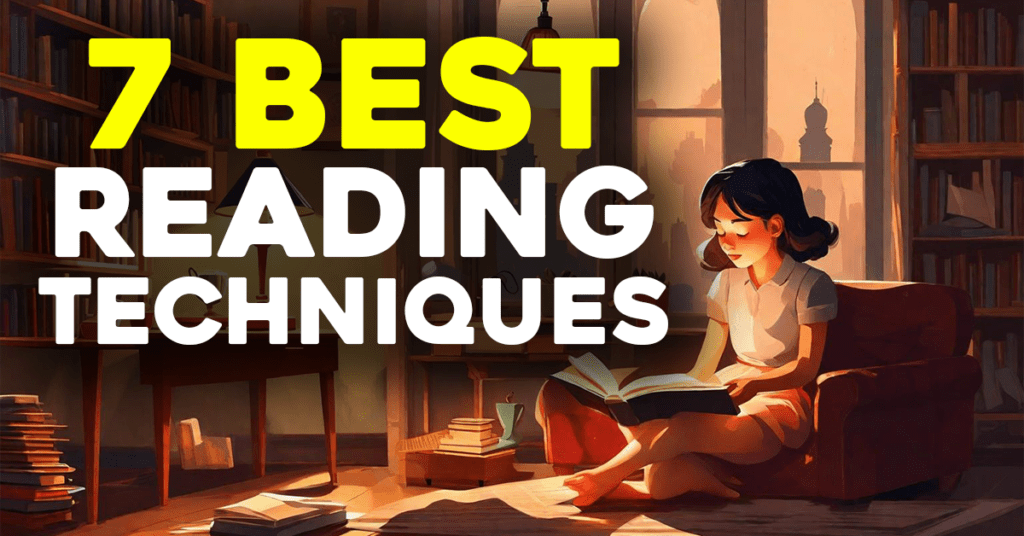Introduction
Do you always find yourself losing time, things unfinished and a head full of should-of-dones? Daily planning is not just about getting things done from cradle to grave, it’s also about how those tasks are going to add up into a satisfying day. In an age when distractions outnumber attention spans, a robust plan can offer lifelines. – Best Books For Daily Planning
General Planning for the Day
What is daily planning and it important.
While daily planning for 24 hours, one needs to break down the work into short term goals and put them in priority sequence according to personal priorities as well professional commitments. Not only does this method increase productivity by forging the way for what your day will look like, but it also helps with mental health-not worrying about whether you are doing enough or too much; and that if we achieve something other then work is all okay!
How Structured Planning Enhance Productivity and Mental Health
Structured planning turns long, intimidating to-do lists into digestible pieces. The old quote is correct, by measuring your day and taking care of the things that will make a difference, you feel less burdened with increasing level of achievement this sense grows. It is now intensity and not just severity.
Common issues without plan
Also, without a clear plan you will get lost and lose track of what was important to do first or even worse burn out. Aimless days, insurmountable tasks, no means of benchmarking progress.

Purpose of the Guide
How this guide was curated
I put together this little guide to a few of the books that have helped me get much better at managing time, getting more done efficiently and refocusing energy so every single day makes an impact.
What the audience will learn from reading it
From how to learn ABC of prioritization, utilizing digital aids from the 21st century technological gadgets available so you can make your everyday a triumph
Use This Guide Efficiently
This guide will help you identify the perfect book for yourself as an individual or even, that can change your day-to-day perspective! No matter if you are a creative, corporate guru or somewhere in between — there is something here that will hit close to home.

Planning Reading List Petested Subject Classics
Inspired by Getting Things Done by David Allen.
Concept of mind like water
Flexibility is what David Allen preaches, which in essence comes down to staying mellow and being able to react when things are changing while still sticking the root.
The five steps of workflow
- The five steps of workflow
- Catch Everything that Has Your Attention
- Clarify the actionable items
- Categorise and rank those actions
- Review your to-do list often
Participate, another way of engaging but with selecting proper tasks directly TSRMLS. Engage properly and undertake them in the true form with confidence
Allen recommends Organizational tools
The low tech option of a simple folder through the high tech tools like digital apps, Allen covers how you can organize your planning.
7 Habits of Highly Effective People – Stephen R. Covey
Overview of the 7 habits
By providing an entire framework of personal effectiveness, which moves a person from dependence to independence and finally to interdependence the habits in Covey’s book stack one on top of each other so that they provide you with everything — desires, needs, and obligations considered holistically.
Habit 3 — First Things First
Or all about priority and focus. Prioritize and Post to-do list, not just a simple checklist
Now incorporate the habits into your planning all-day everyday, just by asking (see video).
Every one of these habits can be this stepping stone; when daily, they will make your planning go from reactive to proactive.
Read: How To Get Control Of Your Time And Your Life by Alan Lakein
The ABC priority system
Divide the tasks into 3 Types;
- Must Complete – Missing this has Serious Implications
- Should Do—Minor Consequences
- CC- nice to have, no penalties
How to Get Over Procrastination
That includes all actions and then some, from his “Swiss cheese method” for making small holes in large tasks to working through categories of action within a specified time frame.
Setting achievable goals
But not reaching for the stars on a first jump, but being as wise to set up stairs that or one by one will reach there; right?!


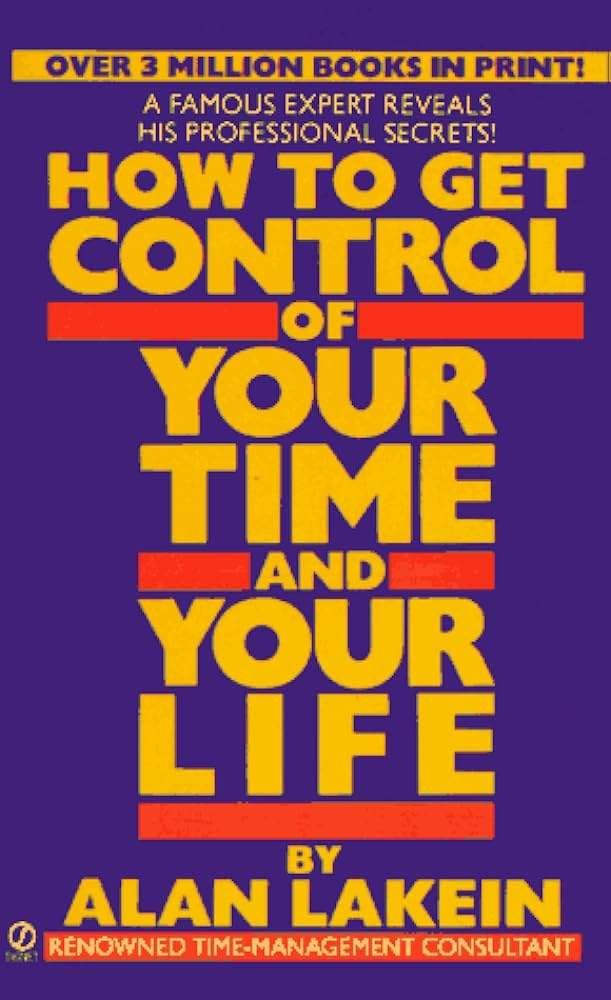
Contemporary Planners: Books for Today
16 WAYS TO DO A BULLET JOURNAL SPREAD | THE ULTIMATE GUIDE FOR 2019″The Bullet Journal Method” by Ryder Carroll
The bullet journal layout explained
The beauty of this approach is that it is easy, intuitive and flexible – with the use symbols to code tasks/events/notes.
The concept of rapid logging
Making your bullet journal entries brief leaves you enough time to get the most out of updating it.
Monthly vs. daily logs
Carroll helps you through the process of defining overarching monthly goals, and specific daily logs – both significant in ensuring control as well keeping an eye on focus.
Make Time : How to Focus on What Matters Every Day by Jake Knapp and John Zeratsky
Emphasizing your emphasize of the day
That means picking ONE THING to go all-in on for the day and giving yourself that at deductible dependendence.
Strategies To Conquer Distractions
The authors offer advice ranging from where to work (in a quiet space) and how (tech hacks like setting your phone to ‘grayscale.
Ways to Illuminate Your Day
This is an insight that Knapp and Zeratsky reinforce by encouraging “energizers” — things like walking, napping, light socializing.
Atomic Habits by James Clear
Stacking little habits up on each other
Clear explains how small habits, when compounded can result in huge impact.
How to establish new habits
If you want to establish new habits, they must be obvious attractive easy and satisfying — this book helps walk through all these steps.
How layering habits helps with planning efficiency
Connecting new habits to old (habit stacking) is also another great way of integrating a habit once you have already established one.
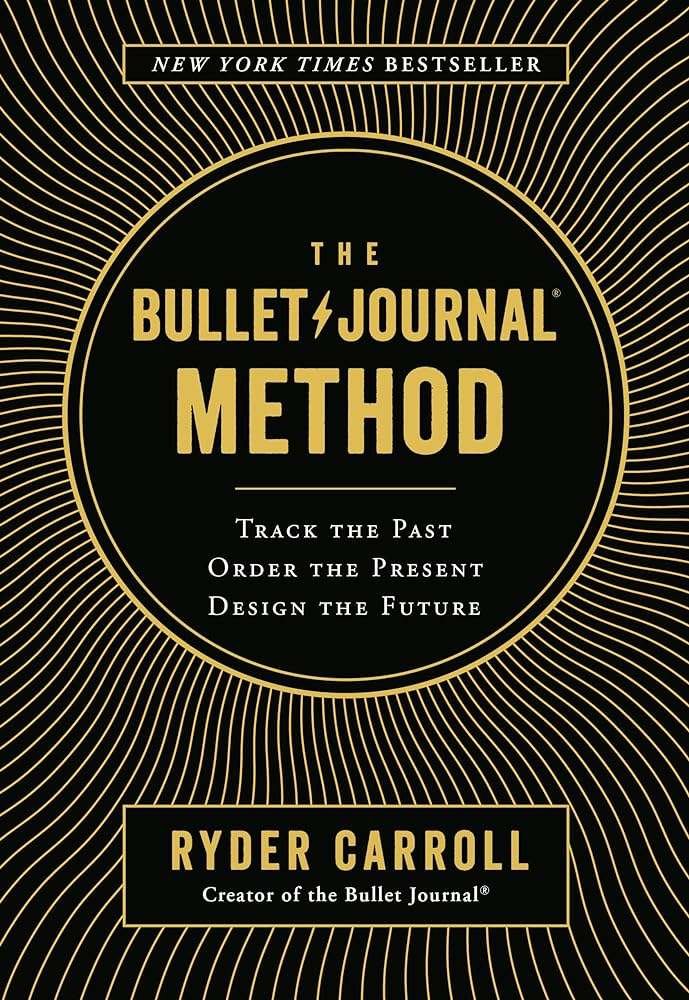
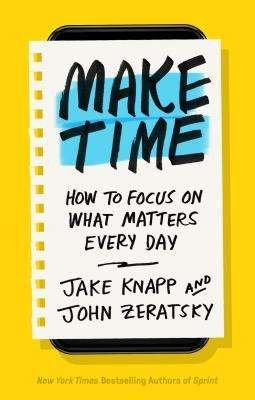
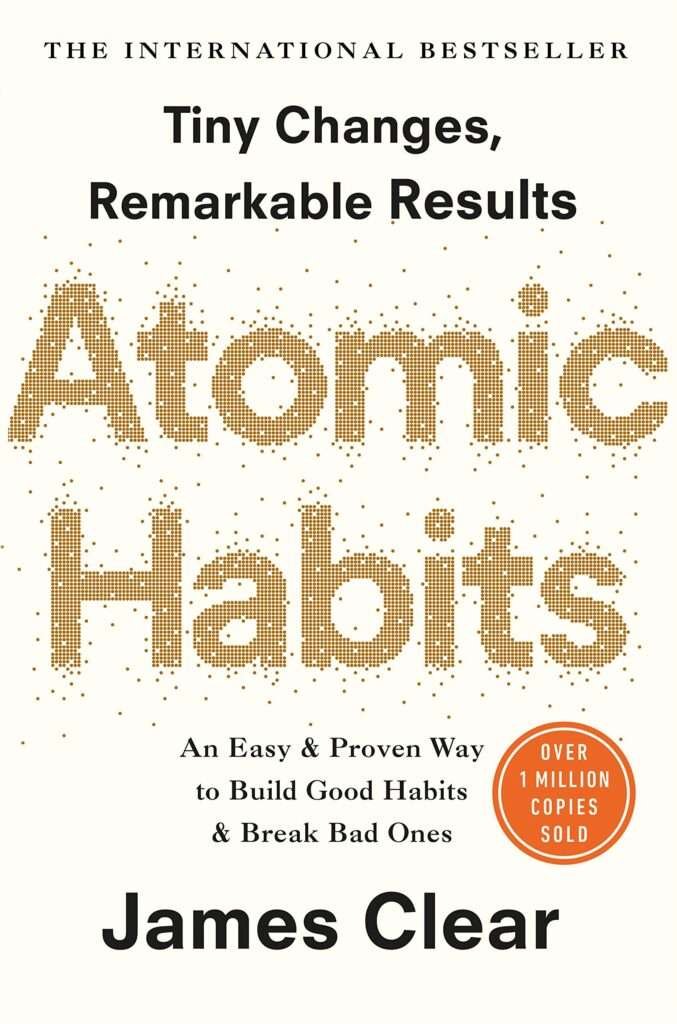
Small Scope But Huge Difference: Lean with a Purpose | Best Books For Daily Planning
The Creative’s Curse by Todd Brison | Best Books For Daily Planning
Planning for creative minds
Traditional time management can be difficult for creatives. Brison offers alternative tactics for these sporadic creative outflows.
Busting through that gaping maw of the blank page.
By establishing routine tasks around creative work we give creativity a bit of structure to gradually coax productivity out, without smothering the creative spirit.
Work + play Keeping projects creative while balancing everyday tasks
It is simply finding a rhythm that allows for the ebb and flow of creative energy whilst accommodating to your daily duties.
Driven to Distraction at Work, by Edward Hallowell | Best Books For Daily Planning
Eliminating Workplace Distractions
Dr. Hallowell discusses specific focus strategies when dealing with the ever distracting workplace environment of today.
Tactics For Open Office Focus
While environmental policing may be ideal, even at the busiest of times there are methods to upkeep productivity-from noise-canceling headphones to structured breaks.
Streamlined workload tools
These little things, such as the tools and productivity tips of batching tasks or setting clear boundaries can help us to massively improve focus and in hand be more productive.
“Eat That Frog!” by Brian Tracy | Best Books For Daily Planning
The point of the idea should be: do what you found hardest first.
This requires taking on that daunting task the moment you wake (you will have hours and lots of energy to fulfill your remaining day this way).
Techniques for prioritization
Learning how to measure the effect of your activities is key because it enables you to prioritize in keeping with those maximum-critical goals.
How clarity help you to be more productive
Having clarity surrounding your priorities helps eliminate subpar decisions and distractions while making complex days more manageable.
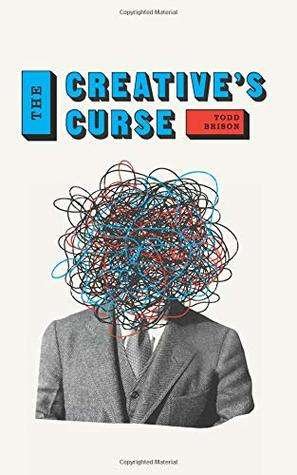
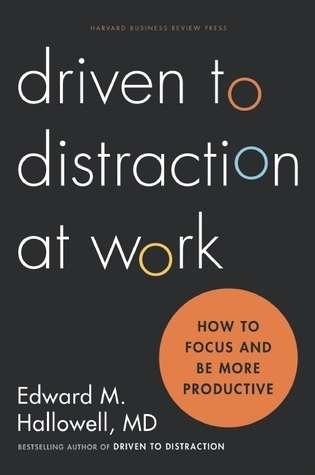

First of all, the Technology: Books + Apps
Essentialism By Greg McKeown | Best Books For Daily Planning
The Disciplined Pursuit of Less – Pdf Key lessons from the book Essentialism
The Way of the Essentialist isn’t about getting more done in less time. It’s not about getting less done; it’s all abut geting only real value work accomplished, and doing that with intensity.
Daily action aligned toward purpose
This ensures that each task should lead up to larger and more important goals.
Essentialism Methodology Complementary Apps
Apps are built helping with everything from project management to the sort of basic, simplified list-making and these can usefull seem some targeted heavy lifting in prioritization automation.
Deep Work: Rules For Focused Success In a Distracted World by Cal Newport | Best Books For Daily Planning
Principles of deep work
Newport argues for keeping extensive deepwork blocks as a key to be at the top of your game in any field.
Resources to help reduce digital distractions
Imagine software that prevents you from opening a web browser, or having a regular space set aside for deep work.
Best apps to schedule deep work sessions
These days there are tools such as Forest which grows a tree on the screen of your phone whilst you work (if successful) and Freedom that digitally blocks distracting websites.
The Organized Mind: Thinking Straight in the Age of Information Overload by Daniel J. Levitin | Best Books For Daily Planning
Improvement in information arrangement for making better decisions
Levitin on how to file things away well, and use less brain power for stuff that doesn’t matter as much.
Coping With Information Overload Using Technology
These tips can be as simple as what file organization system works best for you to advanced tools that are available on the market.
Applications and anywhere Systems To Support Operational Capacity
Using tools such as Evernote for notes or Trello for project management can elevate your organizational skills time fold.
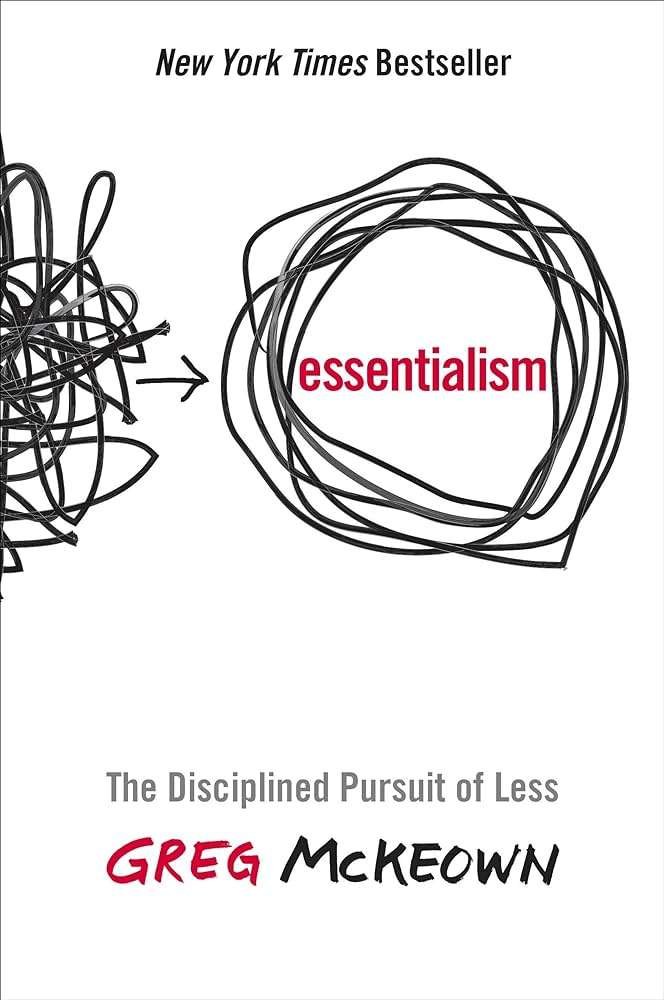
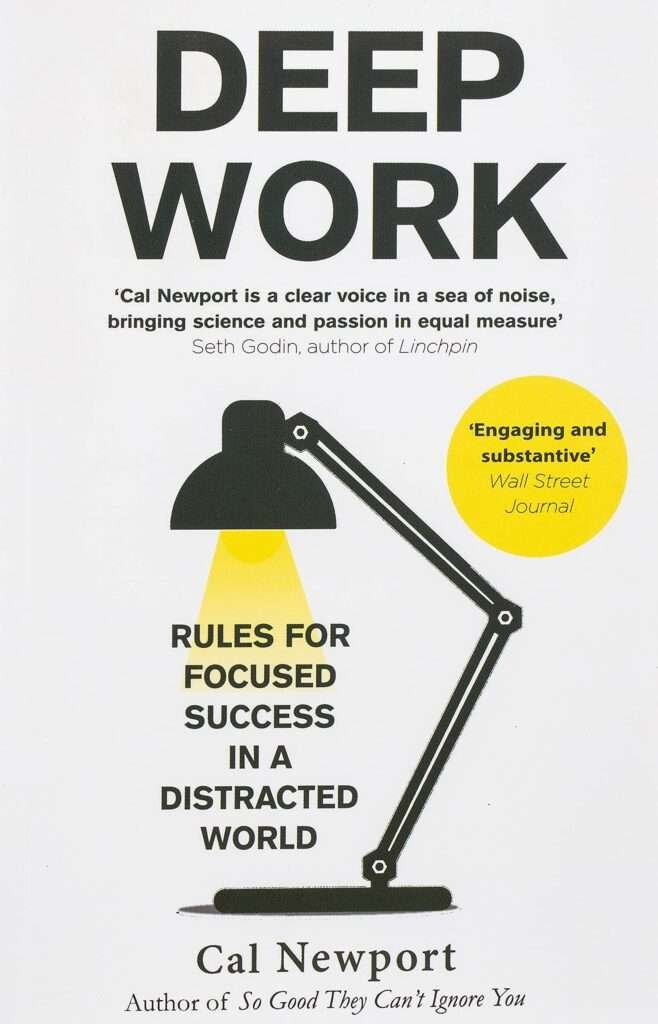

Final Thoughts: The Best Books On Daily Planning | Best Books For Daily Planning
Book titles of best daily planner planners Category | Best Books For Daily Planning
We have explored approaches, from classic techniques that address prioritization and implementation to newer tactics based on apps and technology in order to achieve better productivity.
If you want to personal reflection on the above take look of our previous post : Best Books For Daily Planning | Best Books For Daily Planning
The above suggestions, if applied by you can make your struggle from tedious daily life to faultless future and chaos into productivity machine.

APPLY WHAT YOU KNOW: MY FAVOURITE DAILY PLANNING BOOKS
How to Choose the Right Book For You: Our Best Books for Daily Planning
Consider your day-to-day struggles and select a book which deals with those, be it wrestling distractions to the ground, prioritising tasks or sparking creativity.
Read These First: Best Books For Daily Planning
Pick one strategy or tool in the book that you think might improve your day-to-day. Add more as they help make sense for you, and tweak them along with way if needed to fit best with how YOU live your life!

FAQs: Best Books For Daily Planning
Which book is best for someone new to daily planning?
“The Bullet Journal Method” by Ryder Carroll offers a great starting point with its flexible, easy-to-follow system.
How do I choose between digital or analog planning methods?
It depends on your personal preference; if you’re tech-savvy, digital tools might be more convenient but if you value tangible connection, paper-based planning could be more fulfilling.
Can these books help with managing a team as well as individual tasks?
Yes, many of the strategies in these books can be scaled up from individual use to team management, particularly those in “Essentialism” and “The 7 Habits of Highly Effective People.”
Are there any cost-effective tools recommended in these books?
Many authors suggest free apps and low-cost tools among their recommendations, ensuring that improving your productivity doesn’t have to break the bank.
How often should I revisit my planning strategy?
It’s wise to assess your planning strategy regularly—at least once every three months—to ensure it’s still serving your evolving needs efficiently.
Check Out The Sources
Check Out More

